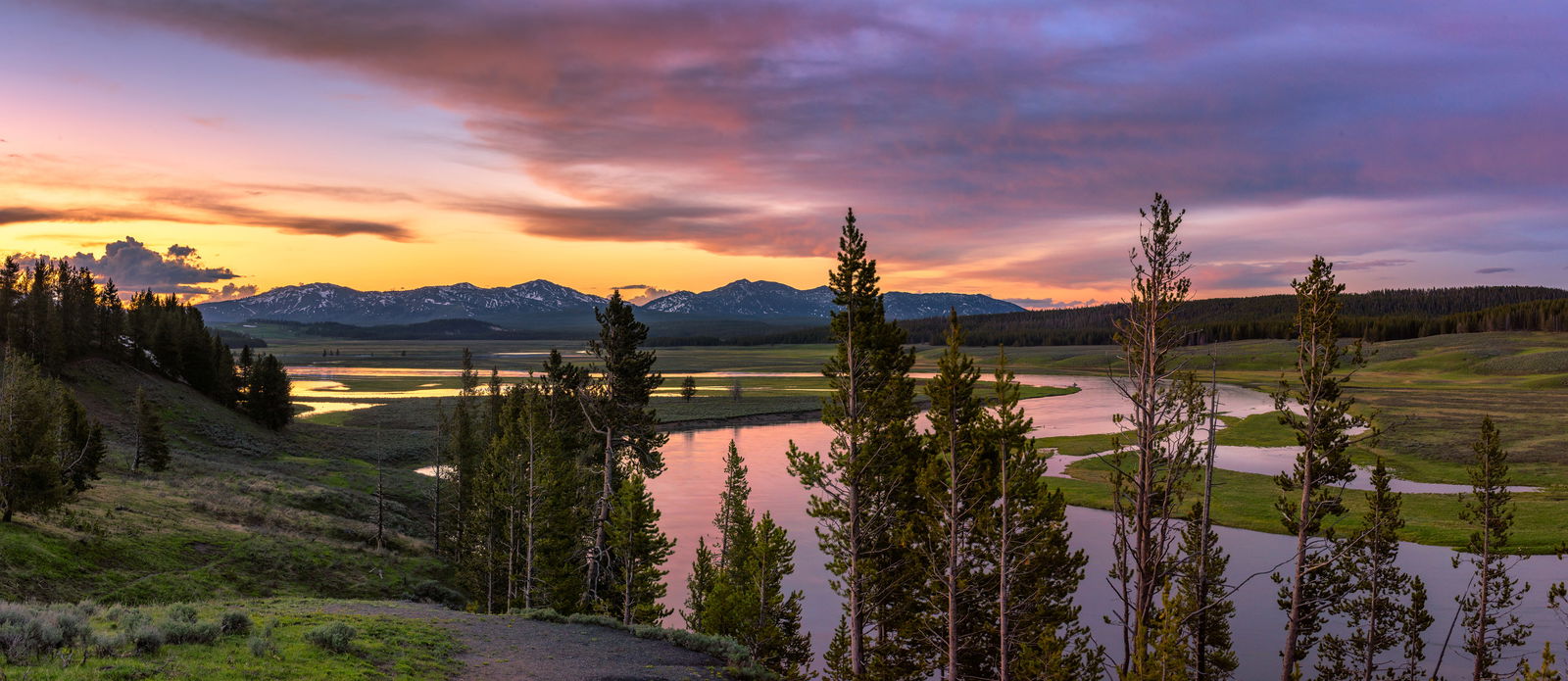


Yellowstone National Park, located primarily in Wyoming but extending into Montana and Idaho, is a world-famous destination known for its extraordinary natural wonders and diverse ecosystems.
Yellowstone National Park is not only a geological wonderland but also a haven for outdoor enthusiasts, photographers, and anyone seeking a close connection with nature. Its diverse landscapes, rich history, and abundant wildlife make it an iconic destination for travelers from around the world.
Explore the park's unique geothermal features, including the iconic Old Faithful geyser, colorful hot springs like Grand Prismatic Spring, and bubbling mud pots.
Yellowstone is home to a wide variety of wildlife, including bison, elk, grizzly bears, wolves, and herds of bighorn sheep. It's a paradise for wildlife enthusiasts and photographers.
Admire the awe-inspiring Grand Canyon of the Yellowstone, with its dramatic waterfalls like Upper and Lower Falls. Hike along the rim for breathtaking views.
Visit Lamar Valley, often referred to as the "Serengeti of North America," for exceptional wildlife viewing, especially wolves and bison.
Choose from a plethora of hiking trails, from easy boardwalk strolls to challenging backcountry treks, offering a chance to immerse yourself in the park's pristine wilderness.
Enjoy boating, kayaking, and fishing on Yellowstone Lake and other pristine water bodies, surrounded by the park's stunning scenery.
Stay in one of the park's numerous campgrounds, offering an opportunity to experience the park's natural beauty up close and under the stars.

Yellowstone in winter is a tranquil and magical experience. Snow blankets the park, creating a serene and otherworldly atmosphere. The geothermal features, such as Old Faithful, stand out against the snowy backdrop. Winter activities include snowshoeing, cross-country skiing, and guided snowcoach tours. The park is much less crowded during this season, offering a unique and peaceful experience. However, many roads and facilities are closed, and weather conditions can be extreme, so be prepared.

Spring is a time of renewal in Yellowstone. As the snow begins to melt, the park's rivers and waterfalls surge with water. Wildlife, including bison and elk, start migrating to lower elevations. This is an excellent season for birdwatching as migratory birds return. Some roads and facilities may still be closed due to snow, but it's a quieter time to visit compared to summer.

Summer is the most popular time to visit Yellowstone. The weather is pleasant, with temperatures ranging from the 70s to 80s Fahrenheit (21°C to 27°C). All roads and facilities are open, allowing access to the park's iconic attractions. Visitors can witness Old Faithful erupt, explore the Grand Canyon of the Yellowstone, and spot diverse wildlife. However, this popularity means larger crowds, so plan accordingly and make reservations well in advance.

Autumn in Yellowstone is a season of breathtaking beauty. The foliage turns to brilliant shades of red, orange, and yellow, creating a stunning contrast with the geothermal features. The weather is crisp, with temperatures ranging from the 30s to 60s Fahrenheit (2°C to 16°C). It's an excellent time for wildlife viewing as animals prepare for winter. Elk are in rut, and the bugling calls of the males can be heard. Crowds start to thin out, providing a more peaceful experience.
